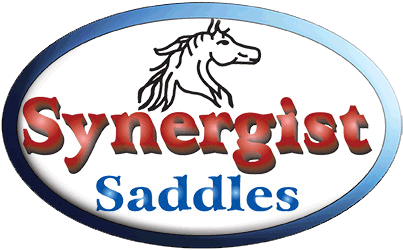A quick word on proper cinch position. Ideally we would like the cinch to be about a hands distance behind the horse or mule’s elbow. Most horsemen and horsewomen would agree with this statement. However, on some animals this just isn’t going to happen. If you look at the three pictures below notice the angle of the rib cage at the sternum in relation to level.
The first one is nice and level and the cinch will normally stay where you put it as long as the saddle is rigged correctly.
The second is sloped up to the rear. The cinch is going to want to slide back, as will the saddle, especially going uphill. This animal would benefit from a breast collar.
The last is sloped up to the front and the cinch is going to want to slide forwards as will the saddle, especially traveling downhill. This type horse or mule might need a crupper.
Take a good look at your horse or mule and see where they fit in. You can start the cinch about a hand back from the the elbow but it’s going to settle in where it wants to based on the shape of the rib cage. If the breastbone is relatively level, your cinch is not going to move around much at all. If it slopes one way or another then you might have to think about adding some tack to help your saddle stay in place.
The important thing to remember is that the first 8 pairs of ribs are attached to the sternum by bone and the rest are attached by cartilage. As long as the cinch is located somewhere on the first 8 rigidly attached ribs you’re going to be OK.


Comments 1
THANK YOU! Finally I know why EVERYTHING slips back on my horse. It usually ends up about 8 inches back, no matter what saddle, bareback pad, treeless, you name it. It’s one of those DUH! moments. Why didn’t I think to look at that myself. Well, I’m sure glad someone was paying attention. I will now be happy in the knowledge that I’m not doing anything wrong! Dooley is just built that way. I will continue to try and not over tighten the cinch and I’ll use a breastcollar.
Thanks again.
-Lyn